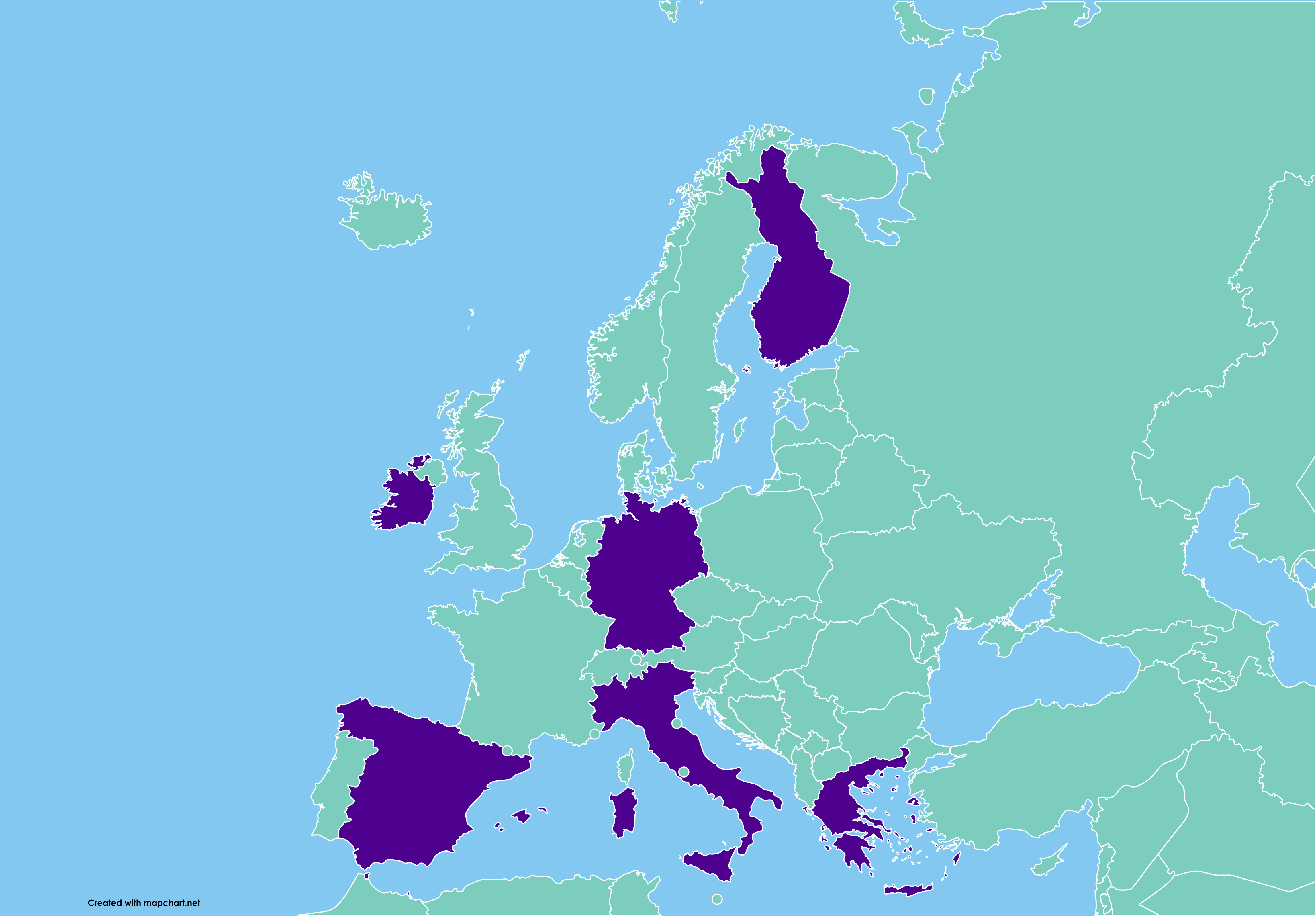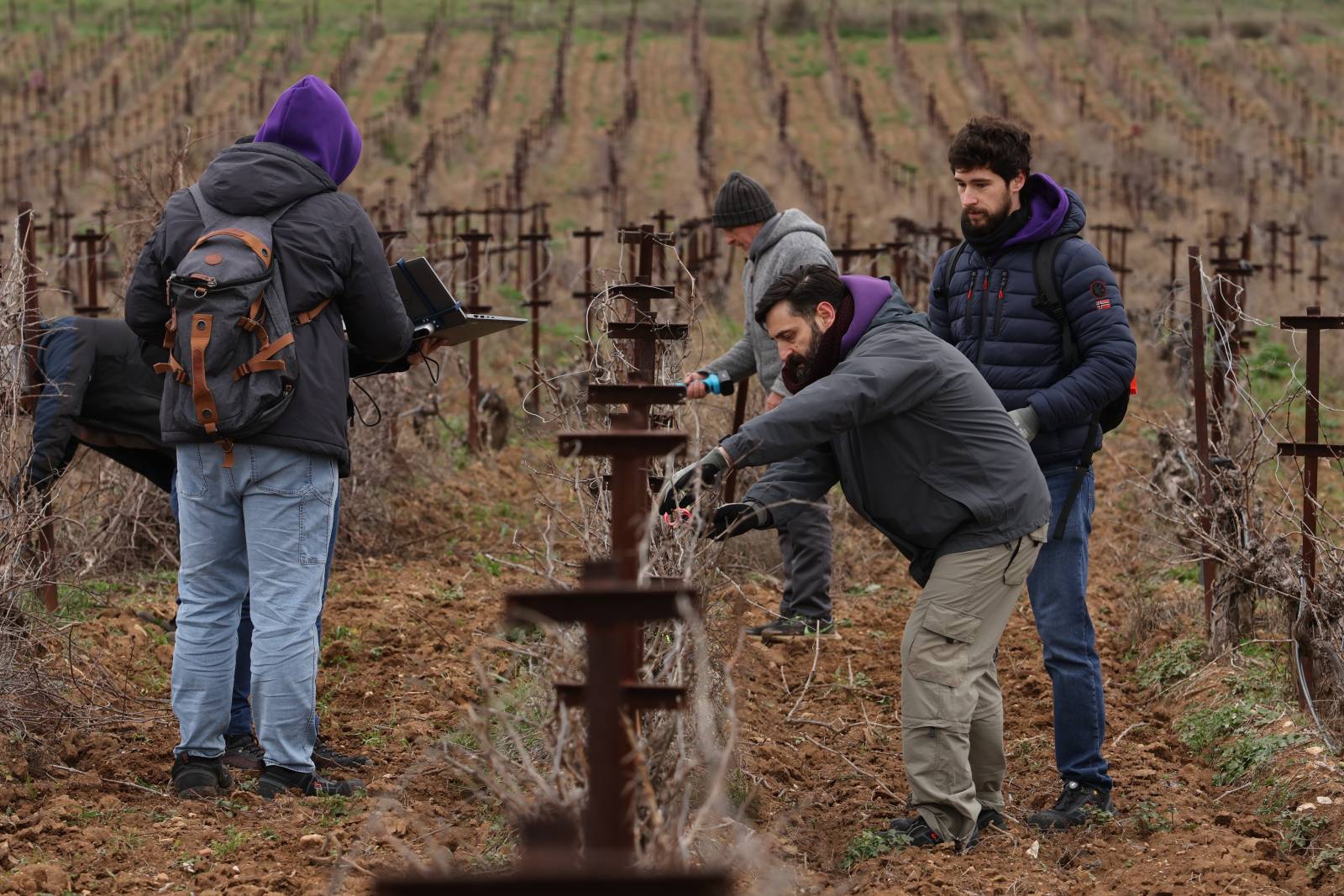Duration: 2025-2030
Programme: HORIZON
Topic: HORIZON-CL6-2024-GOVERNANCE-01-7
AgRimate focuses on transforming pruning tasks for small-scale farmers by using Augmented Reality (AR) and Robotics technologies, enriched with Artificial Intelligence (AI). Tackling the significant challenges and labour-intensive aspects of pruning in high-value crops like olive groves and vineyards, AgRimate introduces an innovative and scalable solution. This solution relies on an artificial intelligence module capable of learning from expert human knowledge to address tree pruning challenges. This module extends its functionality to the solution through various tools, from a learning tool that adapts to the user’s knowledge to an Augmented Reality solution providing real-time guidance during the pruning process with the human at the centre. It seamlessly integrates with two different robotic solutions, either assisting the user with exoskeletons or autonomously performing tasks with a highly advanced robot. This holistic approach aims not only to enhance productivity and resource efficiency but also to improve social inclusiveness and working conditions within the agricultural sector.
Objectives
- O1: Conduct a thorough assessment encompassing human, technical, and business needs, with a focal point on wellbeing practices.
- O2: Establish a mobile AR solution offering precise real-time guidance and training for pruning, aiming to streamline and enrich task execution with augmented reality insights.
- O3: Develop advanced robotics for enhanced pruning process.
- O4: Utilize advanced AI to create a decision support system that offers real-time insights and personalized recommendations for pruning modes.
- O5: Emphasize social sustainability and enhance worker well-being through advanced AR and AI technologies and supportive peer networks.
- O6: Demonstrate the AgRimate solution on real setup pilots to test the solutions’ efficacy considering its modular and scalable design that caters to different user needs.
- O7: Design and execute a comprehensive strategy for the dissemination, communication, and exploitation of the project’s results, ensuring the innovations are accessible to relevant domestic and international stakeholders.
- O8: Guarantee clear, progressive, and stable project management and tasks execution through the different stages of the project lifetime.
Impact
- Enhanced working conditions in agriculture (including increased safety of workers and reduced drudgery) through innovative digital solutions exploiting the potential of augmented reality.
- Lowered environmental impacts and productions costs and increased product quality in and through the use of digital technologies, through robotics and augmented reality in particular.
- Reduced share of risky or unattractive actions/tasks to be performed by workers through automation.
- Mitigated shortage of work force in agriculture in some sub-sectors through automation-based solutions.
- Sustainability performance and competitiveness in the areas covered by Cluster 6 will be improved through further deployment of digital and data technologies as key enablers.
- Stakeholders and end users including primary producers and consumers will be better informed and engaged thanks to effective platforms such as AKIS.
- Strengthening of EU and international science-policy interfaces to achieve the SDGs
Target Impact KPIs
- Productivity
- Reduction in time spent pruning 15%
- Increase in yields 5-10%
- Improvement in Pruning Accuracy and Quality 15-25%
- Reduction in pruning-related errors or corrective actions 30%
- Working conditions
- AR Training effectiveness > 75%
- (Social) Sustainability
- Worker acceptance > 80%
Role of TAU
TAU is the technical coordinator of the project. The main responsibilities of TAU within the project are:
- Technical Specification (T1.3): Selection of technologies, techniques, and methods to implement the functional and operational specification.
- Robotic system integration (T3.2): Integration of all robotic subsystems and development of a task-planner module.
- Automatic robot pruning (T3.3): Robotic perception and motion planning for vineyard pruning.
- Pruning Learning Processor (T4.1): Develop and train AI model to predict the optimal pruning points.
- Skill Profiling Engine (T3.3): Development of a new engine for workforce skills assessment.
Additionally, TAU is partially involved in:
- Scenario Simulator (T3.2): Development of a Function-Structural-Tree Model (FSTM) to simulate the growth of trees under varying conditions.
- Well-being Analytics Engine (T3.4): Real-time assessment of users’ posture and physiological data to identify ergonomic risks.
Consortium

Participant Organizations:
- FUNDACION TECNALIA RESEARCH & INNOVATION (TECNALIA), Spain
- TAMPEREEN KORKEAKOULUSAATIO SR (TAU), Finland
- FONDAZIONE BRUNO KESSLER (FBK), Italy
- HUMBOLDT-UNIVERSITAET ZU BERLIN (UBER), Germany
- TECHNISCHE UNIVERSITAT BERLIN (TUB), Germany
- GEOPONIKO PANEPISTIMION ATHINON (AUA), Greece
- XYMBOT DIGITAL SOLUTIONS SL (Xymbot Ltd.), Spain
- ROBOTNIK AUTOMATION SL (ROBOTNIK), Spain
- UNION DE PEQUENOS AGRICULTORES Y GANADEROS (UPA), Spain
- F6S EU TECH INNOVATION NETWORK DESIGNATED ACTIVITY COMPANY (F6STech), Ireland
- IUVO SRL (IUVO), Italy

This project has received funding from the European Union’s Horizon Europe research and innovation programme under grant agreement No. 101182739. Neither the European Commission(EC) or any person acting on behalf of the commission is responsible for how the following information used. The views expressed in this publication are the sole responsibility of the authors and do not necessarily reflect the views of the EC.

